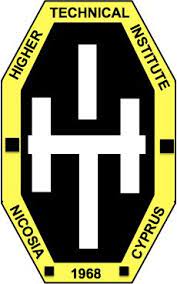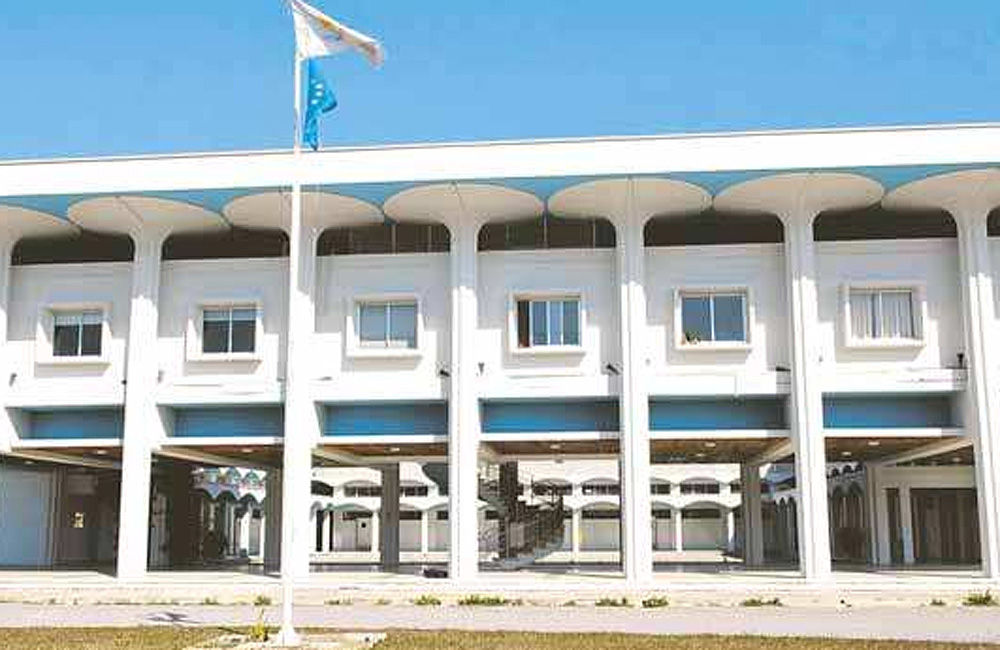-
Τίτλος
-
Design of a small scale water treatment plant
-
Θέμα
-
Storm sewers
-
Plants--Water requirements
-
Water--Analysis
-
Water--Purification
-
Δημιουργός
-
Zakaria, Issifu I.
-
Πηγή
-
Higher Technical Institute
-
Το πλήρες κείμενο είναι διαθέσιμο από το Υπουργείο Ενέργειας, Εμπορίου Βιομηχανίας και Τουρισμού
-
Εκδότης
-
Library of Cyprus University of Technology
-
Ημερομηνία
-
1991
-
Συνεισφέρων
-
Kathijotes, Nicos
-
Δικαιώματα
-
Απαγορεύεται η δημοσίευση ή αναπαραγωγή, ηλεκτρονική ή άλλη χωρίς τη γραπτή συγκατάθεση του δημιουργού και κάτοχου των πνευματικών δικαιωμάτων.
-
Μορφή
-
pdf
-
Γλώσσα
-
eng
-
Τύπος
-
text
-
Αναγνωριστικό
-
CED 0110
-
Σύνοψη
-
The purpose of this project is to describe and comment on how surface water can be treated before it can be safely consumed by human beings or efficiently be used in industry, considering the cost effect.
Water is one of the most abundant compounds found in nature, covering approximately three-fourths of the surface of the earth. It is almost the only compound to occur naturally on the earth's surface as a liquid.
The presence or absence of water in an area has a proformed influence on its development and prosperity. The availability of a water supply adequate in terms of both quantity and quality is essential to human existence.
Despite that water in nature is most nearly pure in its evaporation state, thus with little impurities, human activities also contribute further impurities in the form of industrial and domestic wastes agricul tural chemicals and other less obvious contammants. It is therefore important to appreciate that on natural water is chemical pure and indeed pure water (Η2 Ο) is not a palatable drink. It is the small concentrations of dissolved solids and gases which give most natural waters their pleasant tastes.
Surface wate is simply water on the surface of the earth. It is oceans and puddles, mighty rivers etc. The source of surface water israin along with snow slect and hail.
The quality of surface water depends on the quality of rainwater itself, what it picks up as it flows along, the biological life in the water, the ways it is used and contanminants that get pumped into it.
But, by far, the most important factor in determing the quality of surface water is the way the water is used. Since the human race began, people have settled along the banks of rivers, streams, and lakes. There, they enjoy a reliable source of drinking water, food, and a following path is other places and other people. The Ganges, the Nile, the Tharnes and the Amazon all share that common bit of history.
More over modern man has found additional ways to use water: for industrial processing, for boiler cooling for recreation and to lure tourists. And our rivers and lakes have proven to be a convenient place to dump waste - human and industrial.
About half the pollutants rivers and lakes received are direct discharges from storm sewers, municipal sewage treatment plants and industries. The other half comes from untreated and uncotrolled run off from parking lots lawns, agricultural areas, and construction sites. These pollutants do not always deteriorate the quality of surface meters noticeably, but in some rivers and lakes of already dubious quality, this additional pollution may be just enough to meke the difference between acceptable and unacceptable water. When the amount of waste dumped into a body of water exceeds the capacity of the water to treat it, or when the wastes are poisonous to life in the water, the waterways cannot rejuvenate themselves.
It is therefore the aim of this project to explore all the necessary areas possible and to recommend the most ideal process on how to treat surface water.
 CED 0110.pdf
CED 0110.pdf 

